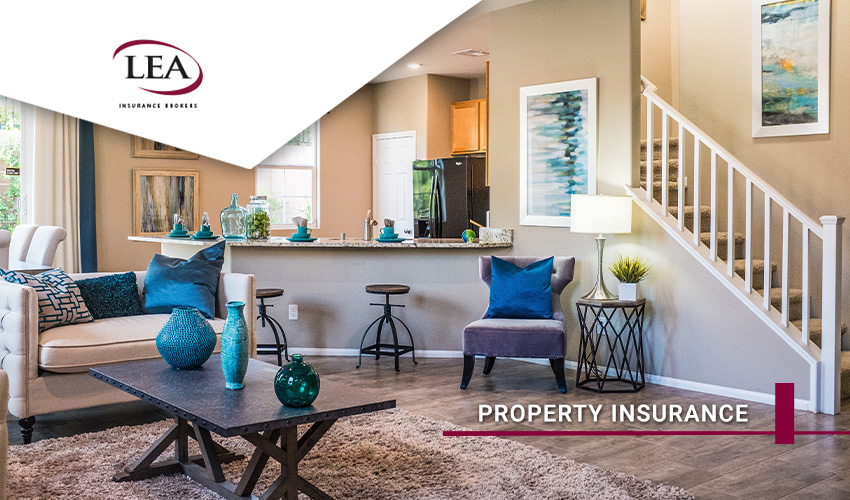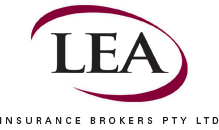
What you risk if your underinsured property experiences a total loss
Being underinsured in a ‘total loss’ property claim can have dire financial consequences. Whether deliberate or not, about a quarter of property owners don’t insure their buildings for the correct replacement value. Might you be among them?
It can be complex arriving at the correct figure, so this article will explain how you can settle on accurate building and contents sums insured – without relying on guesswork.
How is total loss defined?
This term, also known as ‘actual total loss’, indicates there’s nothing to salvage, even for repairs. In the event of a such a loss, your sums insured should allow for full replacement and reinstatement of your property. And this is what you need to consider when selecting your sums insured.
Another useful term to know is ‘constructive total loss’. That’s when the estimated repair costs exceed the property’s insured value. In this instance, the insurer may pay out the policy or rebuild the property. Constructive total loss also refers to an insurance claim settled for the full value of the policy.
The risks of underinsuring your property
Underinsuring your property means you’re not adequately protecting your assets. This can be an issue in a total loss.
As a yardstick, if your insurance policy covers 80-90% or less of your building & contents replacement costs, you are underinsured. In other words, if you suffer damage or loss, the insurer will only reimburse you up to your Sum Insured. If your Sum Insured is not adequate, you will have to pay the shortfall.
For many, this could mean that you won’t have enough funds from your insurance settlement to rebuild the property and furnish it to the same standard as your original.
If you experienced a total loss, would your savings cover the cost to rebuild and furnish your building?
Factors that can lead to underinsurance
- As you accumulate more possessions and upgrade your assets, you may forget to update your insurance cover.
- Underestimating building costs are a common cause of underinsurance. At present, building costs will continue to increase due to demand, the impact of the pandemic on supply chains, and new compliance standards from local, state and national authorities.
- Major catastrophic events impacting large populations e.g. bushfire or flood can make tradespeople difficult to source. This can increase costs due to high demand, scarce building materials and delayed building work. Insurers however often have contingency plans for such circumstances.
The importance of valuing your property correctly
Underinsurance
As explained above, if you are underinsured, it means you have paid for an insurance policy that doesn’t cover the full cost of your potential loss or the financial impact on yourselves and your family or business. It means that in a total loss you will have to pay for the additional cost of replacement over and above the nominated sums insured. This can be financially devastating, underscoring the importance of accurate coverage levels.
Overinsurance
If you overinsure your assets – that is, for more than their replacement cost – you’re overpaying for insurance. There are no additional benefits for you to fork out a higher premium where the property’s value doesn’t warrant it – the Insurer will still only pay up to the necessary amount to replace and reinstate the property.
Tips to avoid underinsurance
Avoid these common mistakes property owners often make in valuing their properties. They:
- Don’t update the sums insured
- Assume the resale value of the property is the same as the cost to rebuild it
- Rely on a bank, architect, builder, real estate agent, tax assessor, accountant, or engineer, not a quantity surveyor or an insurance broker, for the valuation
- Deduct land value from financial valuation reports
- Only think about the primary structure, not driveways, retaining walls, pools, landscaping, fencing, foundations, or other inside or outside property elements that need coverage
- Adopt a book value or refer to building guides
- Factor in second-hand rather than new purchase prices
- Ignore the real installation and commissioning costs.
Getting your sums insured right
When nominating your sums insured, the onus is on you to get it right. However, with complex insurance policies and online home contents/building calculators subject to a disclaimer, this can be difficult! A professional valuation by a quantity surveyor is vital to help protect your assets.
Additional to valuing the property itself, keep an accurate, up-to-date inventory of your possessions, the assets you keep in your building and on the premises, to account for new-for-old replacement costs. Ensure you detail valuables, particularly those you carry with you in and out of your home, such as laptops or other devices. A contents calculator can help to get you on your way.
Ensure you’re correctly insured – speak to an insurance broker
Insurance is one of your best strategies to manage property risks. As your broker, we can organise an insurance appraisal on your behalf and guide you through the considerations as they relate to your property insurance.
This would factor in the direct costs to rebuild your asset with the same sort of quality materials, but also the indirect costs, including permits, consulting fees, architects, engineers etc. If the building is dated or has heritage features, it may need upgrades that meet current building code requirements – another additional cost to account for. And, if your building is on a steep incline or in a high-density area, then bracing and safety measures should also be considered for any demolition and rebuilding.
We’re here to help and can tailor an insurance program for you. We’ll explain the finer details about what insurance covers, and why not verifying the value can cost you in the long run. With accurate insurance, you’ll effectively transfer your financial risk of building damage to the insurer, helping you rest easy when things don’t go to plan.
